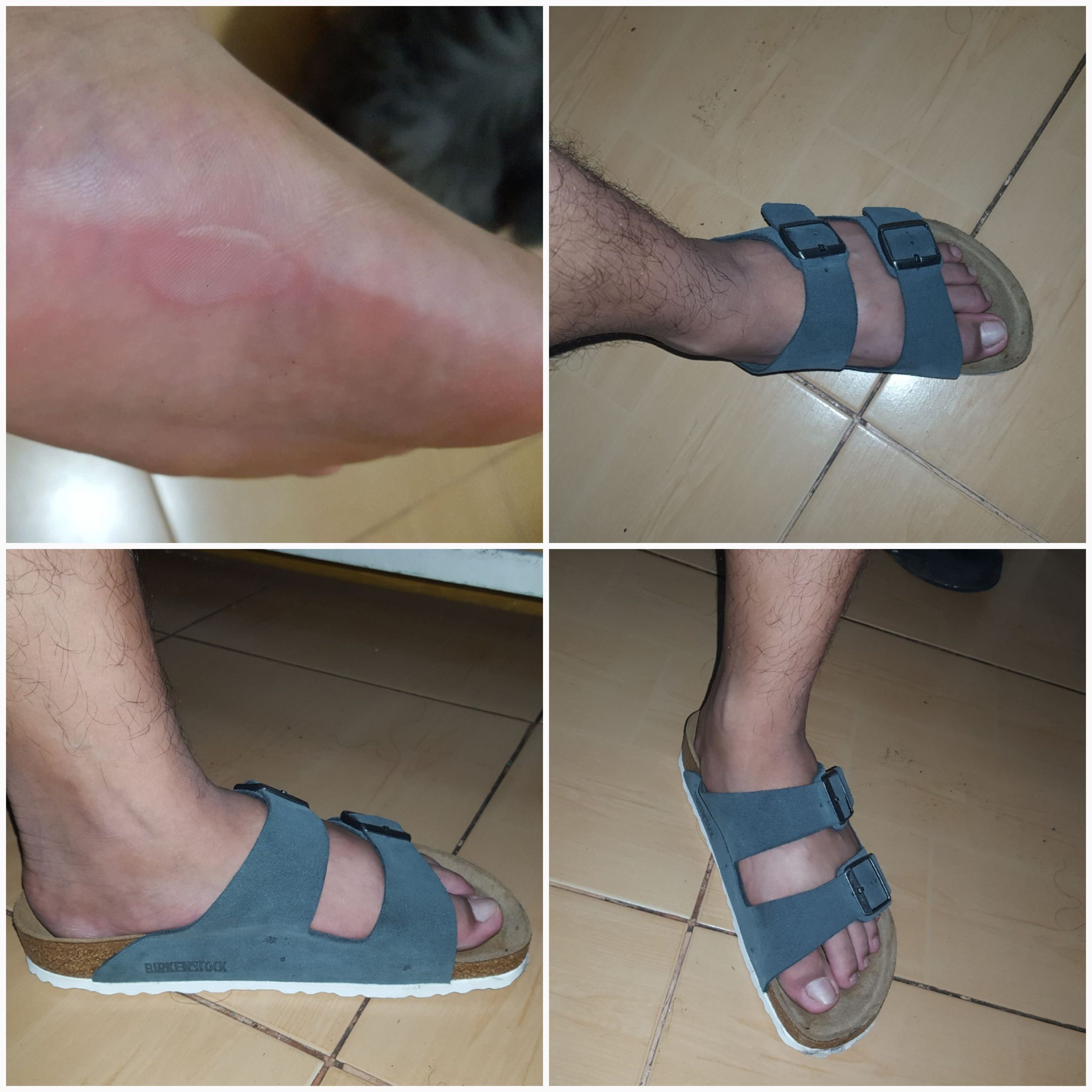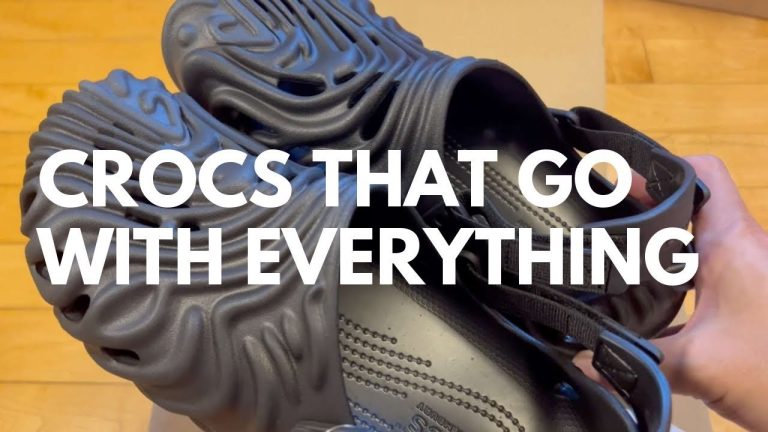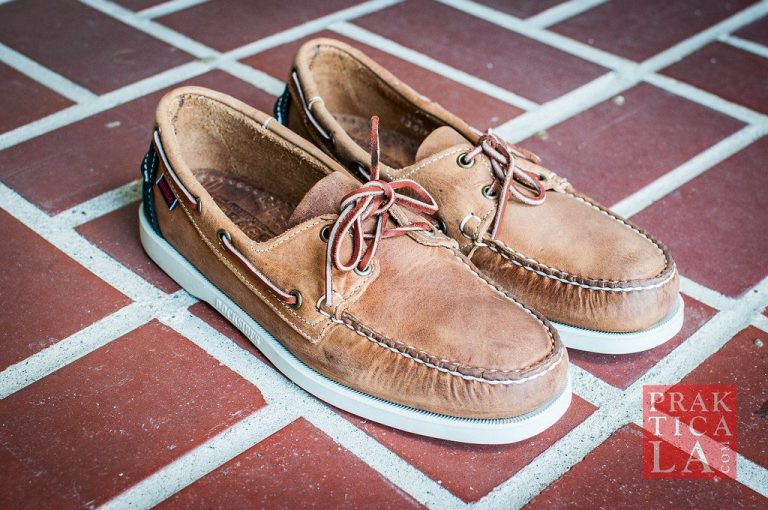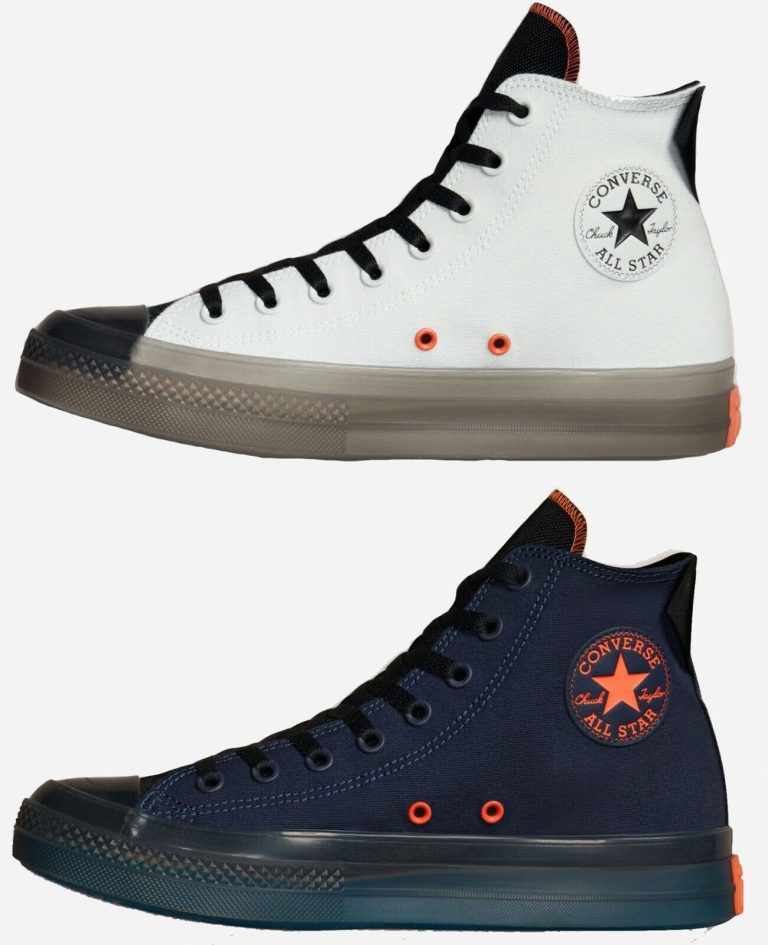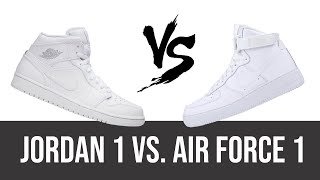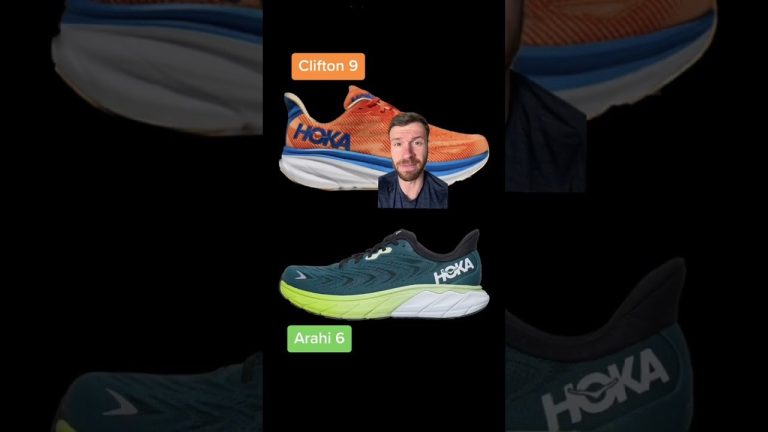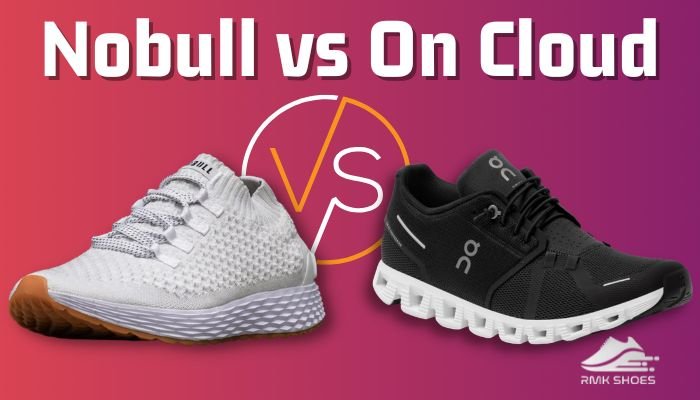Are you struggling with blisters on the side of your foot while wearing Birkenstocks? No worries, we’ve got you covered! Blisters can be quite a pain, literally, but fear not, there are solutions to this common predicament. Birkenstocks, known for their comfort and support, shouldn’t cause discomfort like blisters. In this article, we’ll discuss why these blisters occur and provide you with practical tips to prevent and treat them effectively. So, let’s jump right into the world of Birkenstocks and bid farewell to those pesky blisters on the side of your foot!
Birkenstocks Blisters on the Side of the Foot
Birkenstocks are renowned for their comfort and support, but even the most comfortable shoes can sometimes cause blisters. One area where these blisters commonly occur is on the side of the foot. This can be a frustrating issue for Birkenstock enthusiasts, as the brand is known for its commitment to foot health. In this article, we will explore the reasons behind these blisters and provide tips on how to prevent and treat them effectively.
Understanding Birkenstock Footbeds
Before diving into the causes of blisters, it’s essential to understand the unique design of Birkenstock footbeds. These footbeds feature a contoured shape that provides excellent arch support and promotes proper foot alignment. The cork material used in the footbed molds to the individual’s foot over time, creating a personalized fit. While this design offers numerous benefits, it can also contribute to the formation of blisters on the side of the foot.
Causes of Blisters on the Side of the Foot
There are several reasons why Birkenstocks may cause blisters on the side of the foot. Understanding these causes is crucial in finding appropriate prevention and treatment methods. Here are the key factors:
1. Breaking In Period
When you first start wearing Birkenstocks, your feet need time to adjust to the unique footbed. During this breaking-in period, friction between the foot and the shoe can lead to blisters. It’s important to note that this discomfort is usually temporary, and as the footbed molds to your feet, the likelihood of blisters decreases.
2. Incorrect Sizing
Wearing Birkenstocks that are too tight can lead to blisters on the sides of the foot. The constant rubbing and pressure can cause irritation and blister formation. On the other hand, wearing Birkenstocks that are too loose can also contribute to blisters, as the foot moves excessively within the shoe.
3. Foot Shape and Pronation
Individual foot shape and pronation can also play a role in the development of blisters. Those with wider feet or higher arches may experience more friction on the side of the foot. Pronation issues, such as overpronation or supination, can contribute to an uneven distribution of pressure, leading to increased friction and blister formation.
4. Sockless Wearing
Many people opt to wear their Birkenstocks without socks, especially during the warmer months. While this may be comfortable for some, it can increase the likelihood of blisters. Without the barrier of socks, the foot is more prone to rubbing against the shoe, causing friction and blister formation.
5. Moisture and Sweat
Moisture and sweat can exacerbate the friction between the foot and the shoe, leading to blisters. In hot weather or during physical activities, the foot is more likely to sweat, increasing the chances of blister formation. Additionally, wet Birkenstocks can create a more conducive environment for blisters to develop.
Preventing Blisters on the Side of the Foot
Fortunately, there are several preventive measures you can take to minimize the risk of blisters when wearing Birkenstocks. Here are some effective strategies:
1. Choose the Right Size
Ensure your Birkenstocks fit properly by following the brand’s sizing guide. Avoid wearing shoes that are too tight or too loose, as both can contribute to blister formation. Remember that Birkenstocks tend to have a roomy fit, so it’s essential to find the right balance.
2. Break Them In Gradually
To reduce the chance of blisters during the breaking-in period, gradually increase the duration and frequency of wearing your Birkenstocks. Start with shorter intervals and gradually build up to longer periods. This allows your feet to adjust to the footbed slowly.
3. Wear Moisture-Wicking Socks
If you prefer to wear Birkenstocks without socks, consider investing in moisture-wicking socks. These socks are designed to draw moisture away from the skin, reducing the friction and discomfort that can lead to blisters.
4. Use Anti-Friction Products
Applying anti-friction products, such as blister patches or lubricating balms, can help reduce friction between the foot and the shoe. These products create a protective barrier, minimizing the likelihood of blisters.
5. Keep Feet Dry
To prevent excessive moisture and sweat, ensure your feet are clean and dry before wearing Birkenstocks. Consider using foot powders or antiperspirant products to keep your feet dry throughout the day. Additionally, it’s a good idea to let your Birkenstocks dry thoroughly after exposure to water.
Treating Blisters on the Side of the Foot
Despite your best efforts, you may still end up with blisters on the side of your foot when wearing Birkenstocks. Here are some tips for treating these blisters effectively:
1. Clean the Blistered Area
Gently clean the blistered area with mild soap and water to reduce the risk of infection. Pat the area dry with a clean towel.
2. Apply a Blister Bandage
Cover the blister with a blister-specific bandage or a hydrocolloid dressing. These dressings protect the blister from further friction and provide a protective barrier.
3. Avoid Popping the Blister
Resist the temptation to pop the blister, as this can increase the risk of infection and delay the healing process. If the blister pops on its own, clean it thoroughly and apply an antiseptic ointment.
4. Rest and Elevate the Foot
If the blister is painful, try to minimize pressure on the affected foot. Rest and elevate your foot whenever possible to promote healing and reduce discomfort.
5. Seek Medical Attention if Necessary
If the blister shows signs of infection, such as increased redness, warmth, or pus, it’s essential to seek medical attention. A healthcare professional can provide appropriate treatment and advice.
While Birkenstocks are known for their comfort and foot health benefits, blisters on the side of the foot can be an unfortunate side effect. By understanding the causes and taking preventive measures, you can minimize the risk of developing blisters. If blisters do occur, prompt and proper treatment can help alleviate discomfort and promote healing. Remember, finding the right balance between foot health and comfort is key, and with the right care, you can continue to enjoy the benefits of Birkenstock footwear without the discomfort of blisters on the side of your foot.
What can I do for Blisters?
Frequently Asked Questions
What causes blisters on the side of the foot when wearing Birkenstocks?
Birkenstocks are known for their high-quality materials and comfortable support, but blisters can still develop on the side of the foot due to friction. This friction is often caused by the foot sliding sideways inside the sandal, leading to irritation and the formation of blisters.
How can I prevent blisters on the side of my foot while wearing Birkenstocks?
To prevent blisters, it is important to ensure a proper fit of your Birkenstocks. Make sure the sandals are not too loose or too tight. Additionally, consider wearing socks with your Birkenstocks to reduce friction. Applying moleskin or adhesive bandages to areas prone to blisters can also provide extra protection.
Are there any specific foot care products to use for preventing blisters?
Yes, there are certain foot care products that can help prevent blisters. You can use blister prevention sticks or balms that create a protective barrier on the skin. These products reduce friction and can be applied to areas of the foot that are prone to blisters before wearing Birkenstocks.
Can breaking in Birkenstocks help prevent blisters on the side of the foot?
Yes, breaking in your Birkenstocks can help prevent blisters. By gradually wearing them for short periods at first, your feet can adjust to the sandals, and the material can conform to the shape of your foot. This can ultimately reduce the likelihood of blisters forming on the side of your foot.
What should I do if I already have blisters from wearing Birkenstocks?
If you already have blisters from wearing Birkenstocks, it is important to avoid further irritation. Keep the blisters clean and dry to prevent infection. You can protect the blisters with cushioned bandages or dressings. If the blisters become painful or show signs of infection, it is advisable to seek medical attention.
Do different Birkenstock styles or materials affect the likelihood of blisters?
The likelihood of blisters can vary depending on the style and material of the Birkenstocks. Some styles may have straps or contours that provide a more secure fit, reducing the chances of foot movement and friction. Additionally, softer and more flexible materials may be less likely to cause blisters compared to stiffer materials.
Final Thoughts
Birkenstocks can cause blisters on the side of the foot due to their narrow design and lack of cushioning. These blisters can be painful and uncomfortable, making it difficult to wear the sandals for extended periods. While some individuals may not experience any issues, others may find that the friction and pressure from the shoe’s straps lead to irritation and blister formation. To prevent blisters, it is important to choose the right size and style of Birkenstocks, wear socks or use padding to reduce friction, and gradually break in the sandals to allow the straps to mold to the foot. By taking these precautions, individuals can enjoy the comfort and support of Birkenstocks without the nuisance of blisters on the side of the foot.
